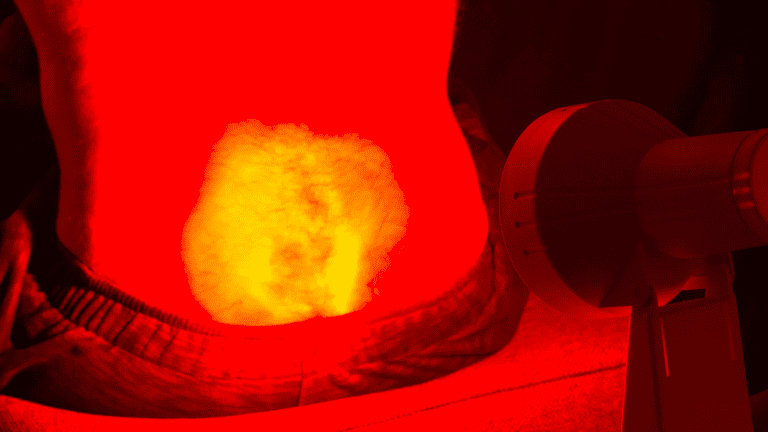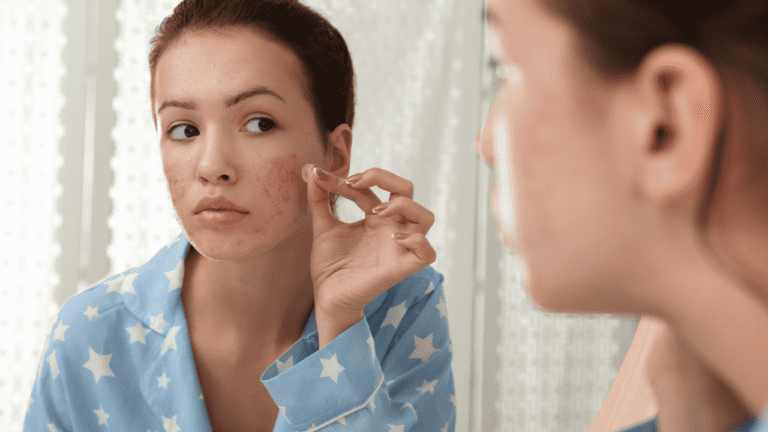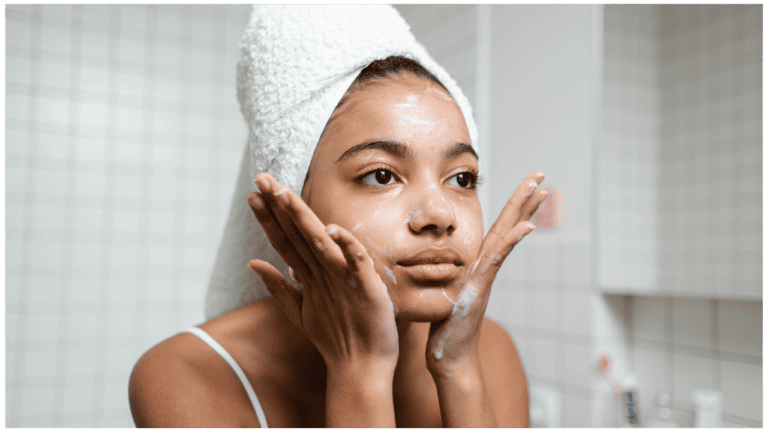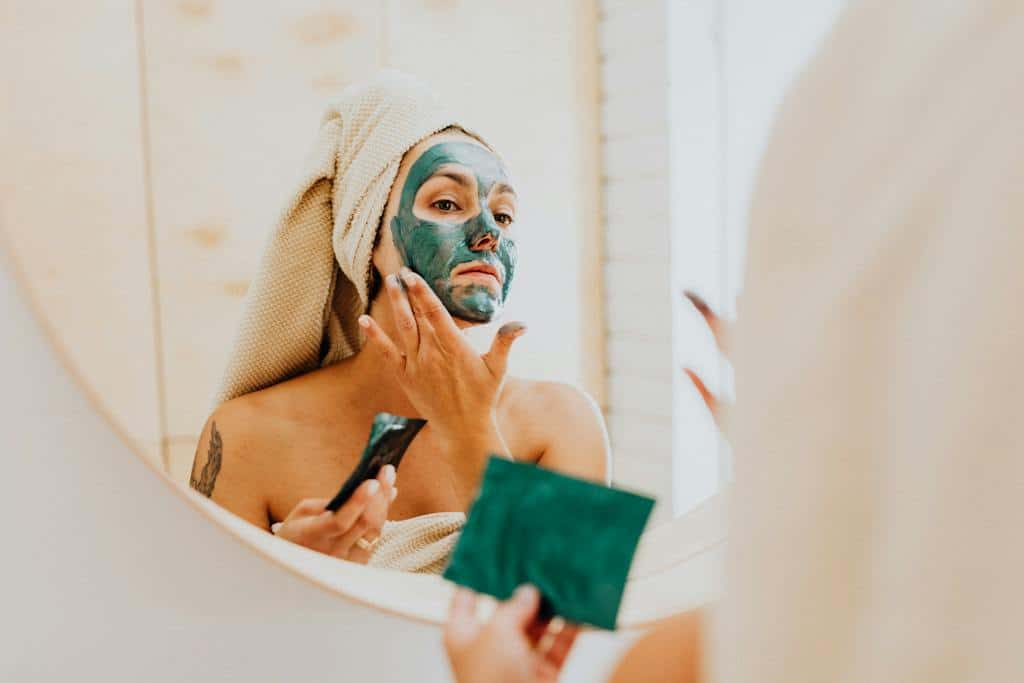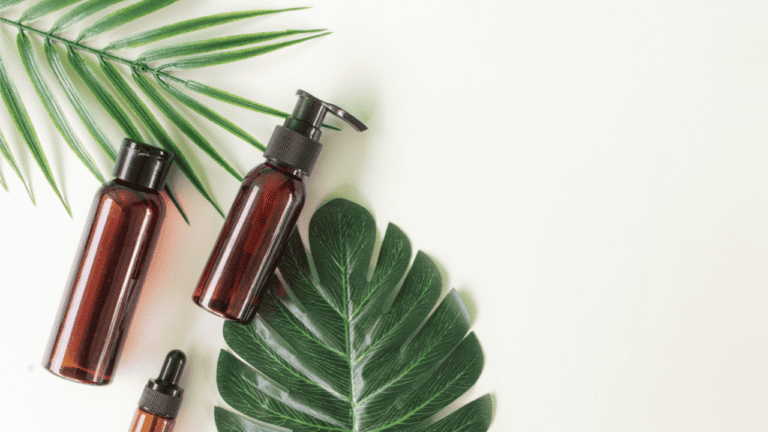In the dynamic world of skincare, understanding and adapting to the changing needs of your skin with the seasons is pivotal. While the core principles of skin health remain constant, the external environment’s shift from cold to warm drastically influences our skin’s behavior and needs. This article delves into the nuanced application of red light therapy, a scientifically-backed treatment, focusing on how to adjust its use for winter and summer skincare. Our aim is to guide you through optimizing red light therapy across these contrasting seasons, ensuring your skin receives the best care year-round.
Key Takeaways
- Adjusting red light therapy sessions according to the season — longer, more frequent sessions in winter and shorter, less frequent in summer — is crucial for maintaining optimal skin health.
- Red light therapy’s benefits, such as enhancing collagen production and reducing inflammation, are vital for tackling the unique skin challenges posed by both cold and warm weather.
- Integrating red light therapy with a comprehensive skincare routine, including sun protection and hydration, is essential for year-round skin care.
Red Light Therapy in Winter
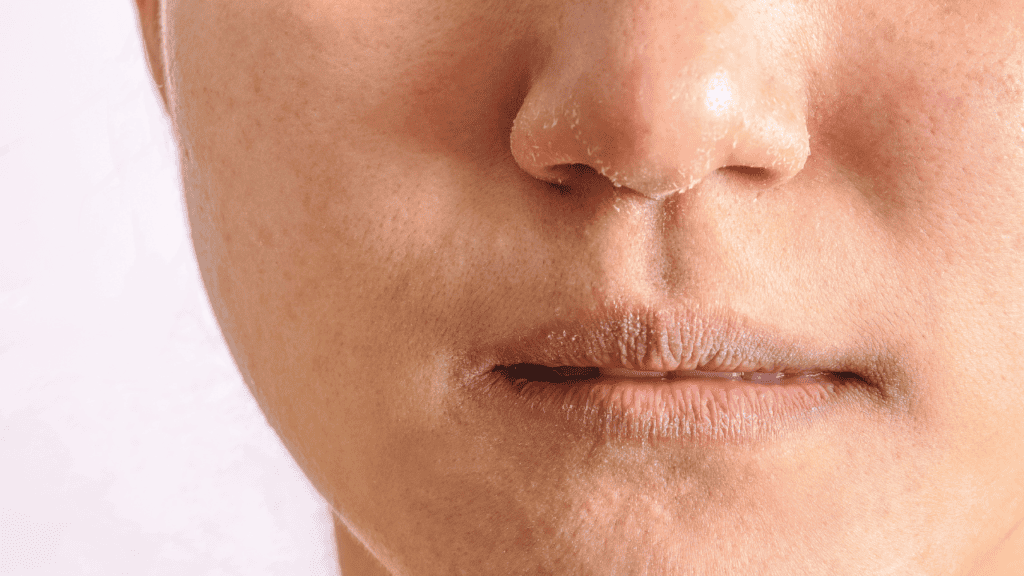
Skin Challenges in Winter
Winter brings a host of skin challenges. The cold air outside and heated environments indoors can strip moisture from the skin, leading to dryness, flakiness, and a generally lackluster appearance. This seasonal shift necessitates a skincare routine that prioritizes hydration and protection.
Benefits of Red Light Therapy in Cold Weather
Red light therapy, known for its healing and rejuvenating properties, emerges as a hero in this chilly context. It works by delivering safe, concentrated wavelengths of natural light into your skin, where it’s absorbed by your cells. This process can stimulate collagen production, reduce inflammation, and enhance blood circulation, all of which are crucial for maintaining healthy winter skin.
Optimal Use of Red Light Therapy in Winter
When leveraging red light therapy in winter, the focus should be on longer, more frequent sessions to combat the harsh effects of the cold. However, it’s important to start gradually and observe how your skin responds, increasing the duration and frequency as needed. Consistency is key – a regular routine can yield significant improvements in skin hydration and overall health.
Red Light Therapy in Summer
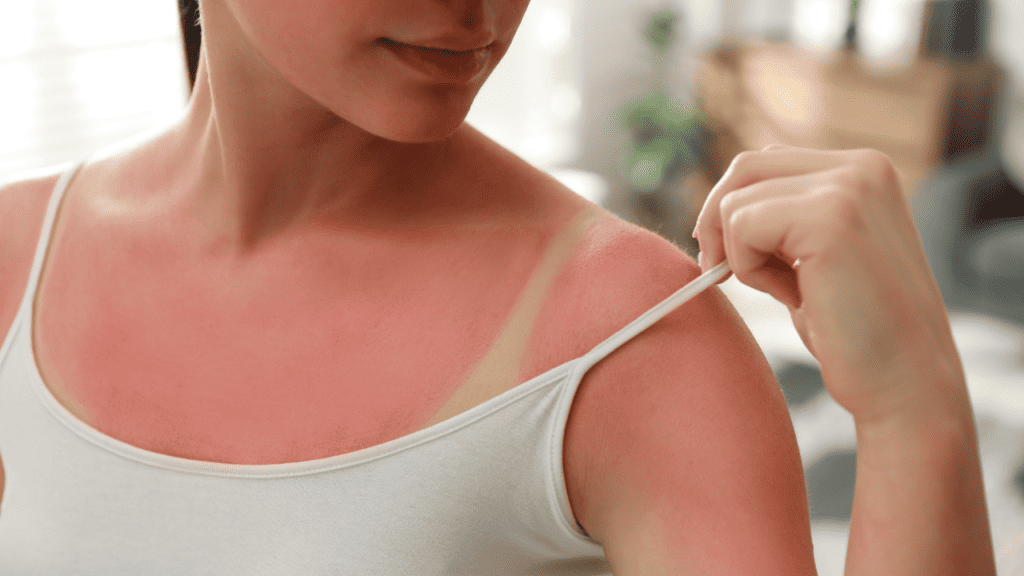
Skin Challenges in Summer
Summer presents a different set of challenges: increased exposure to the sun can lead to damage, and higher temperatures and humidity can exacerbate oiliness and breakouts. Your skin’s requirement for protection and balance during this time is paramount.
Advantages of Red Light Therapy in Warm Weather
In the summer months, red light therapy serves as a powerful tool to repair and soothe skin. Its ability to promote healing helps in addressing sun damage, while its anti-inflammatory properties can be particularly beneficial for calming summer-related skin irritations.
Tailoring Red Light Therapy for Summer
Adjusting your red light therapy routine for summer involves shorter, less frequent sessions. The aim is to maintain the therapy’s benefits without overstimulating the skin, which may be more vulnerable due to increased sun exposure. It’s also a good time to integrate red light therapy with other sun-protection measures to fortify your skin’s defense against UV damage.
Year-Round Skincare Tips with Red Light Therapy
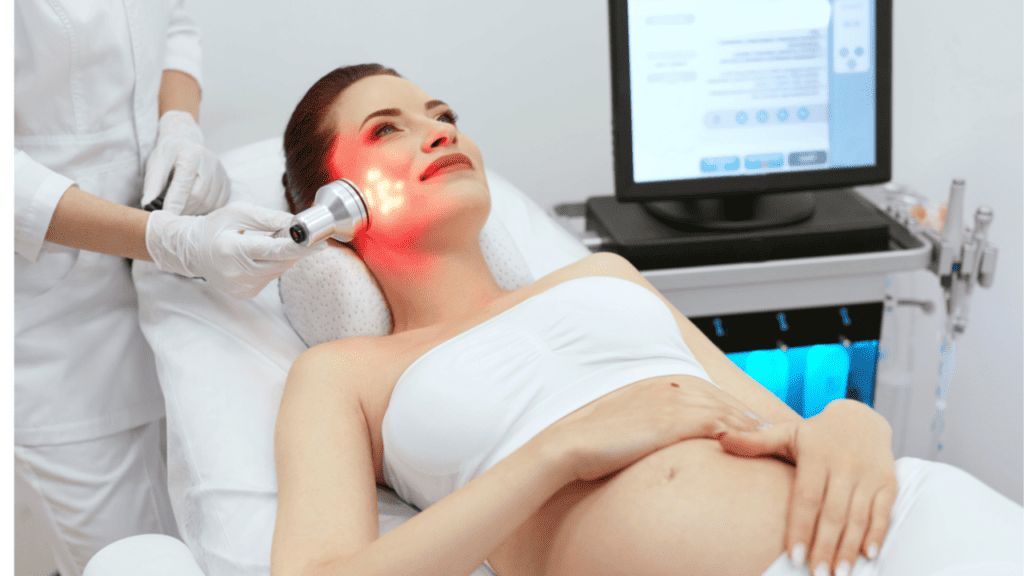
General Guidelines for Red Light Therapy
Regardless of the season, there are general guidelines to follow with red light therapy. Ensuring your skin is clean and free of products before sessions, staying hydrated, and following a balanced skincare routine are all important. Most importantly, listen to your skin – it’s the best indicator of what it needs.
- Read More: Which Red LED Face Mask To Buy: A Comprehensive Guide
- Read More: Affordable Red Light Therapy Devices For Face: Top Picks For 2024
Integrating Red Light Therapy with Other Skincare Routines
Red light therapy isn’t a standalone solution. It’s most effective when used in conjunction with a comprehensive skincare routine tailored to your specific needs. This includes the regular use of moisturizers, sunscreens, and appropriate seasonal skincare products.
- Read More: Combining Red Light Therapy With Skincare Routines
- Read More: Red Light Therapy And Sunscreen: A Crucial Combination
Conclusion
Adapting your red light therapy routine to suit the seasonal needs of your skin is crucial for maintaining its health and vitality. By understanding and responding to the unique challenges of winter and summer, you can maximize the benefits of this innovative treatment. Remember, the key to effective skincare is personalization and consistency. Your skin is as individual as you are, and its needs change with the seasons.
FAQs
How does red light therapy benefit skin in winter?
Red light therapy boosts collagen production and hydration, combating winter-related dryness and dullness.
Can red light therapy help with summer skin issues like sunburn?
Yes, its healing and anti-inflammatory properties are effective in soothing and repairing sun-damaged skin.
Should the duration of red light therapy sessions change with the seasons?
Yes, longer sessions are recommended in winter, while shorter ones are preferable in summer.

